Retro Replay Review
Gameplay
Fahrenheit’s core gameplay revolves around interactive movie mechanics, combining full-motion video sequences with quick-time events to simulate the high-stakes world of firefighting. Players don the flame-resistant suit of a rookie firefighter, navigating tense scenarios where every second counts. At pivotal moments, on-screen prompts demand precise directional or action-button inputs to guide your character through collapsing floors, scorching hallways, and panicked civilians.
What sets Fahrenheit apart is its semi-open structure: rather than funneling you down a single corridor, it allows free movement between rooms in digitized buildings. You’ll inspect each area for survivors, extinguish hotspots, and decide which path to take next—often under time pressure. This branching layout encourages exploration and replayability, as different routes can uncover new victims, hidden hazards, or alternate story beats.
The game’s difficulty curve is defined largely by its timing windows and split-second decisions. Early levels introduce you to basic navigation and hose operation, while later missions ramp up complexity with multi-room fires, collapsing walls, and limited water supplies. Although the trial-and-error nature of quick-time events can be frustrating, it also heightens the sense of urgency and accomplishment when you master a sequence.
Graphics
As an FMV-driven title, Fahrenheit relies on pre-rendered video footage rather than real-time 3D models. The digitized environments capture the eerie glow of flames licking at walls, the billowing ash, and the frantic expressions of trapped civilians. While pixelation and compression artifacts are occasionally visible, the overall presentation remains impressively atmospheric for its era.
The game’s color palette leans heavily on reds and oranges to convey the intensity of raging fires, contrasted by the cool blues of your protective gear’s reflection. Subtle lighting effects—such as flickering flames casting dynamic shadows—add depth to each room. Character close-ups sometimes suffer from low resolution, but their body language and dramatic gestures still convey urgency.
Transitions between video clips are generally smooth, though a few loading pauses can interrupt the flow. Cutscenes bookending each mission showcase cinematic camera angles, heightening the drama of rescue operations. For fans of interactive cinema, the graphical style may feel nostalgic, evoking the mid-’90s push toward blending gameplay and live-action footage.
Story
You step into the boots of a rookie firefighter fresh from a life-saving debut—having rescued three people just last week, you’re now the new guy on a seasoned fire squad. The narrative unfolds through a series of emergency calls, each designed to test your skills and camaraderie with veteran teammates. Dialogues between missions flesh out your colleagues’ backstories and rivalries, lending emotional weight to each blaze you face.
The writing emphasizes the personal toll of firefighting: tense radio chatter, moral dilemmas when prioritizing victims, and the shaky bond between rookies and veterans. You’ll witness harrowing moments—a trapped child sobbing in a corner, a senior firefighter pushing you to your limits—and feel the pressure to prove your worth. This strong focus on character motivations sets Fahrenheit apart from more arcade-style fire-based games.
Branching paths sometimes alter minor story beats—successfully rescuing a whole family may earn you praise from your squad, while failure can lead to somber conversations about the life-and-death stakes of your job. Although the main plot is straightforward, these variations encourage multiple playthroughs to experience every narrative twist and deepen your connection to the team.
Overall Experience
Fahrenheit offers a unique blend of interactive film and game-like decision-making that immerses you in the adrenaline-fueled world of firefighting. The mix of quick-time events and room-by-room exploration delivers both cinematic spectacle and strategic depth, albeit with occasional frustrations from tight timing windows. For players seeking high drama and replayability, the non-linear structure and branching outcomes provide strong incentives to return.
The FMV presentation, while dated by modern standards, still conveys the heat and chaos of emergency response. Paired with tense sound design—crackling flames, creaking beams, urgent radio calls—and a pulse-pounding soundtrack, you’ll find yourself on the edge of your seat. The rookie-versus-veteran storyline adds emotional resonance, making each rescue feel like a personal victory rather than just another level cleared.
Ultimately, Fahrenheit shines for its ambitious fusion of live-action footage and interactive gameplay. Its occasional rough spots—compression artifacts, abrupt video loads, and steep quick-time requirements—are outweighed by the thrill of navigating burning buildings and saving lives. If you’re drawn to narrative-driven experiences that prioritize immersion and decision-making over traditional joystick combat, Fahrenheit is a compelling pick for your collection.
 Retro Replay Retro Replay gaming reviews, news, emulation, geek stuff and more!
Retro Replay Retro Replay gaming reviews, news, emulation, geek stuff and more!
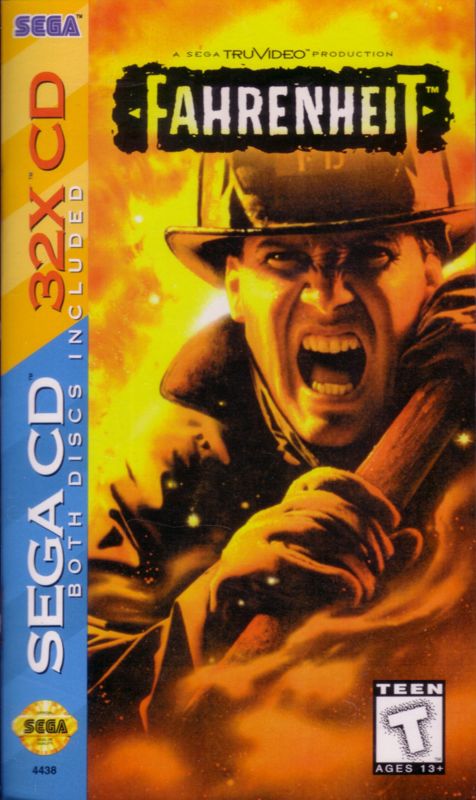
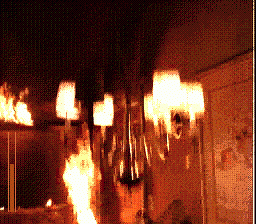


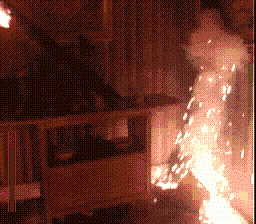
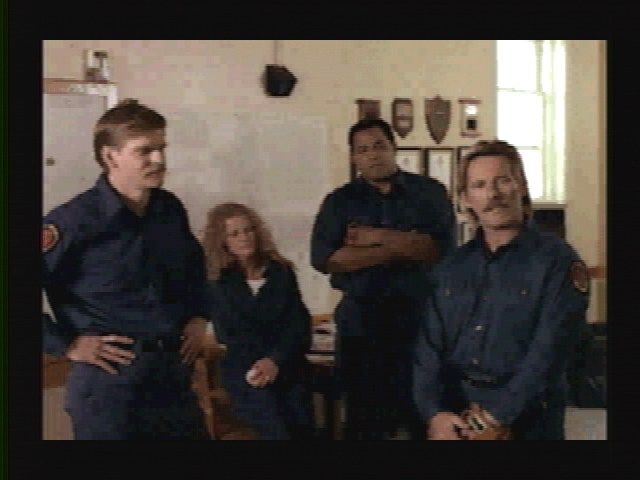
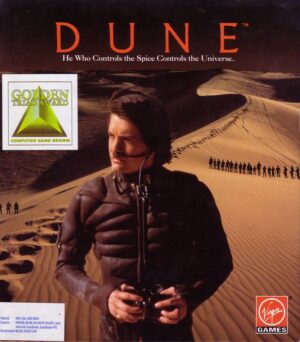


Reviews
There are no reviews yet.